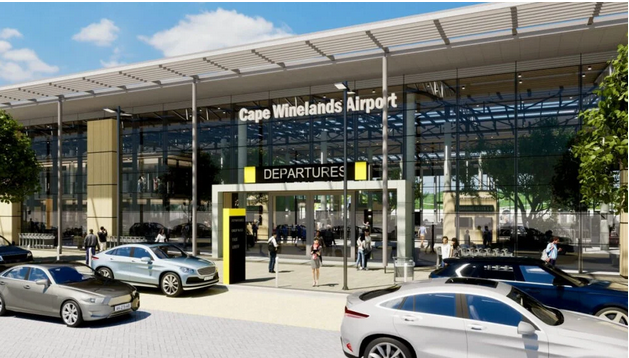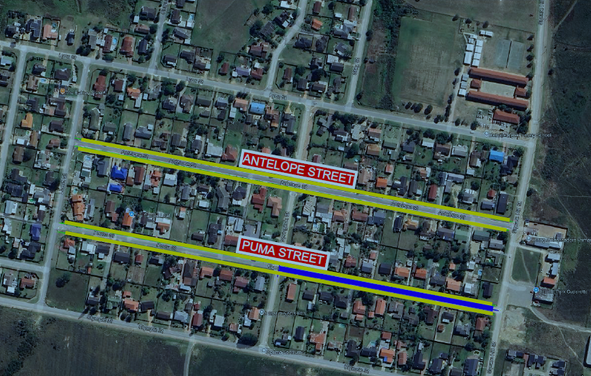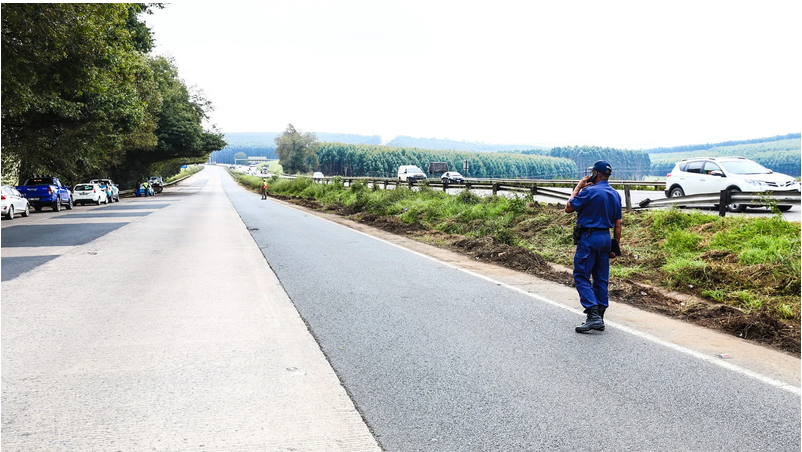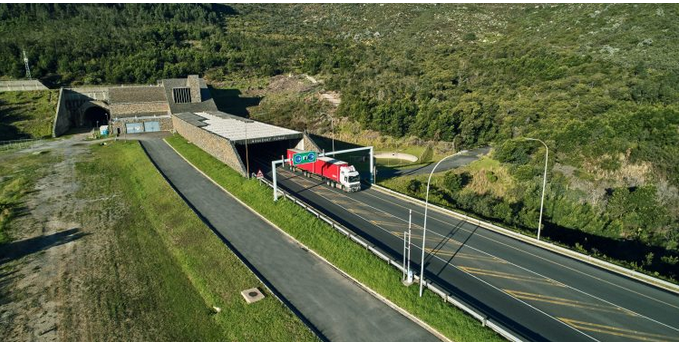New airport for Cape Town to offer local and international flights

03-09-2024
Read : 129 times
Business Tech
Source
The Cape Winelands Airport is expected to start offering local and international flights in 2027, promising state-of-the-art facilities and first-class service.
It is located on a 150-hectare site 13 km northeast of Durbanville. It is, therefore, ideally situated to serve the Cape Town aviation sector.
The airport has a proud history. It was built in 1943 to serve as an operational base for the South African Air Force.
It featured four runways and was home to Lockheed Ventura bombers during the tumultuous era of World War 2.
It was previously known as the Fisantekraal Airfield and belonged to the South African Air Force. However, it became privately owned in 1993.
In November 2020, private investors acquired the Cape Winelands Airport property. It is owned and operated by RSA.Aero.
Currently, Cape Winelands Airport serves as a general aviation facility and is a popular choice for flight training in the Cape Town vicinity.
These institutions use the airport for circuit and emergency response training. Private and corporate aircraft occasionally use it for passenger transport.
However, big plans are afoot to transform the Cape Winelands Airport into a hub for air travel to Cape Town.
The airport has previously unveiled a R7 billion redevelopment and expansion plan to create an international commercial airport.
The first step is to expand and realign the primary runway to 3,500 m. The airport currently has four runways, two inactive and the others 700 m and 900 m long.
They also plan to build a passenger terminal that can accommodate 5.2 million annual passengers, with the core goal of establishing a cohesive link with Cape Town.
More than just another airport
The developers aim for the airport to be more than just an aviation hub. It will be used as a driver of regional economic development and local community inclusion.
Other developments on this site include cargo terminals, aircraft hangars, a hotel, heliport, warehousing and logistics facilities. A commercial real estate development is also planned.
“We are eagerly anticipating our future role in the city’s dynamic travel and tourism landscape,” the Cape Winelands Airport said.
Construction on expanding the airport is expected to start early next year, provided all of the approvals are in place. It is currently undergoing numerous legislative processes.
“If all our applications are approved, we will begin transforming the airport by realigning the runway, adding new airside infrastructure, and constructing a boutique terminal,” it said.
The goal is to commission the transformed airport and open it to local and international flights in 2027.
On 8 August 2024, Cape Winelands Airport announced that its environmental impact assessment (EIA) for the proposed airport expansion was underway.
This assessment evaluates the potential impact of the airport expansion and the development in the area.
The Cape Winelands Airport said it is committed to sustainability trends with eco-friendly practices and technologies.
This includes using groundwater resources, powering operations through renewable energy, and having an eco-friendly design.
Big benefit to international airlines
A significant benefit of the Cape Winelands Airport is that it can serve as an alternative destination for international airlines.
The European Union Aviation Safety Authority (EASA) and other regulators require airlines to carry destination alternate fuel.
This is the amount of fuel required for an aeroplane to land at an alternative airport if a landing at the destination airport is not possible.
For many large airlines, the alternative airport to Cape Town International Airport (CTIA) is O.R. Tambo International Airport in Johannesburg.
That means they must carry a large amount of extra fuel to abide by the aviation rules related to alternative destinations.
The Cape Winelands Airport can replace O.R. Tambo as the airlines’ alternative destination, cutting down significantly on the extra fuel they need to carry.
The airport explained that its proximity to (CTIA) offers airlines a more viable alternate airport for diversion planning.
In turn, it alleviates the need to carry an excessive amount of additional fuel for long-haul flights to satisfy regulations.
Cape Winelands Airport will reduce fuel consumption and carbon emissions by reducing the fuel burden by up to 10,000 kg per flight.
Independent estimates suggest that the airport will collectively save airlines millions of kilograms of fuel and boost cargo-carrying capabilities.
This is not the only benefit. It will also provide additional capacity, improve redundancy, and reduce inefficiencies at Cape Town International Airport.
The increased competition will also result in more affordable and accessible air travel and make travelling to Cape Town more convenient.
Parallels have been drawn between the Cape Winelands Airport and the privately owned Lanseria in Johannesburg.
RSA.Aero MD Nick Ferguson told Engineering News that their plans are indeed to create an airport similar to Lanseria in Cape Town.
However, he said the Cape Winelands Airport will have a longer runway that can accommodate wide-body aeroplanes.
“It will be able to handle more international traffic, from more destinations, compared with Lanseria,” he said.
Recent News
Here are recent news articles from the Building and Construction Industry.
Have you signed up for your free copy yet?









